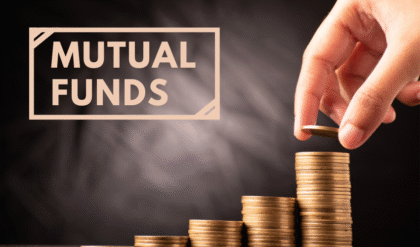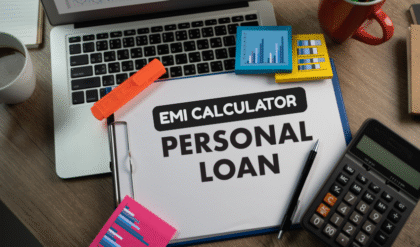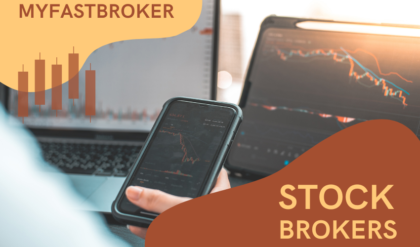Leverage in Forex trading is a powerful tool that allows traders to control larger positions in the currency market with a relatively small amount of their own capital. Essentially, it’s like borrowing money from your broker to amplify your trading potential. But while it can magnify profits, it also heightens risks, making it a double-edged sword for both novice and experienced traders. In this article, we’ll dive deep into how leverage works, its benefits, drawbacks, real-world examples, and tips for using it wisely.

Understanding Leverage: The Basics
At its core, leverage in Forex trading refers to the use of borrowed funds to increase the size of a trade. Forex brokers provide this leverage as a ratio, such as 1:50, 1:100, or even 1:500, depending on the broker and regulatory environment. This ratio indicates how much larger your position can be compared to your actual deposit.
For instance, with 1:100 leverage, a trader with $1,000 in their account can open a position worth $100,000. The broker essentially lends the remaining $99,000. This mechanism stems from the Forex market’s massive scale—it’s the largest financial market globally, with daily trading volumes exceeding $7 trillion. Leverage makes it accessible to retail traders who might not have millions to invest.
But how does it actually work? When you open a leveraged position, you’re required to put up a “margin,” which is a fraction of the total trade value. The margin acts as collateral. If the trade moves against you, the broker may issue a margin call, requiring you to add more funds or close the position to prevent further losses.
The Mechanics of Leverage in Forex Trading
To grasp leverage fully, let’s break it down step by step. Suppose you’re trading the EUR/USD pair, and you believe the euro will strengthen against the dollar. Without leverage, your $1,000 might only buy a small lot, limiting your profit potential. With leverage, however, you can scale up.
Here’s a simple calculation: In Forex, positions are measured in lots. A standard lot is 100,000 units of the base currency. At 1:100 leverage, the margin required for one standard lot is $1,000 (100,000 / 100). If the pair moves 1% in your favor, your profit would be $1,000—doubling your initial margin. Conversely, a 1% move against you wipes out your margin entirely.
Regulations play a big role here. In the U.S., the maximum leverage is capped at 1:50 for major pairs due to rules from bodies like the CFTC and NFA, aimed at protecting retail traders. In Europe, ESMA limits it to 1:30, while some offshore brokers offer higher ratios, attracting risk-tolerant traders but increasing exposure.
Pros and Cons of Using Leverage
Leverage in Forex trading isn’t just about bigger trades; it’s about efficiency. On the positive side:
- Amplified Profits: Small market movements can lead to significant gains. A 0.5% shift on a $100,000 position yields $500 profit, far more than trading unleveraged.
- Capital Efficiency: Traders can diversify across multiple pairs without tying up all their funds.
- Accessibility: It lowers the entry barrier, allowing everyday investors to participate in a market dominated by banks and institutions.
However, the downsides are stark and often underestimated:
- Magnified Losses: Just as profits grow, so do losses. That same 0.5% adverse move costs $500, potentially leading to account depletion.
- Margin Calls and Liquidation: If equity falls below the margin requirement, positions can be automatically closed, locking in losses.
- Psychological Pressure: High leverage can encourage overtrading or emotional decisions, exacerbating risks.
In essence, leverage rewards discipline but punishes impulsiveness. Successful traders often use it sparingly, combining it with stop-loss orders and risk management strategies like limiting each trade to 1-2% of their account.
Real-World Examples of Leverage in Action
Let’s make this concrete with scenarios. Imagine Trader A has $5,000 and uses 1:200 leverage to trade GBP/USD. They open a $1,000,000 position (5 standard lots), requiring $5,000 margin (1,000,000 / 200). If the pound rises by 100 pips (about 1%), they pocket around $5,000 profit—doubling their account. But a 100-pip drop erases it all.
Contrast this with Trader B, who opts for conservative 1:10 leverage. With the same $5,000, they control $50,000. A 1% gain nets $500—modest but safer. This highlights why beginners should start low; high leverage in Forex trading can turn a minor misjudgment into a major setback.
Historical events underscore the risks too. During the 2015 Swiss Franc flash crash, leveraged positions led to massive losses for traders and even bankrupted some brokers. It’s a reminder that leverage amplifies not just trades but market volatility.
Tips for Managing Leverage Effectively
To harness leverage in Forex trading without getting burned, focus on education and strategy:
- Choose the Right Broker: Look for regulated ones with transparent leverage options and negative balance protection.
- Calculate Risks: Use leverage calculators to understand potential outcomes before trading.
- Implement Risk Management: Set stop losses, take profits, and never risk more than you can afford to lose.
- Start Small: Demo accounts let you practice leverage without real money.
- Stay Informed: Monitor economic news, as events like interest rate changes can swing leveraged positions wildly.
Remember, leverage is a tool, not a guarantee. Pair it with technical analysis, fundamental insights, and patience for sustainable success.
In conclusion
Leverage in Forex trading opens doors to greater opportunities but demands respect and caution. By understanding its mechanics, weighing the pros and cons, and applying smart strategies, you can navigate the Forex world more confidently. Whether you’re dipping your toes in or scaling up, always prioritize risk management, it’s the key to turning leverage from a gamble into a calculated edge.
FAQs About Leverage in Forex Trading
What is the ideal leverage ratio for beginners?
For newcomers, sticking to 1:10 or 1:20 is advisable. Higher ratios like 1:100 can be overwhelming and increase the chance of quick losses. Build experience first.
Can you lose more than your initial deposit with leverage?
Yes, in theory, but many brokers offer negative balance protection, resetting your account to zero instead of owing money. Always check your broker’s policy.
How does leverage differ from margin?
Leverage is the ratio of borrowed funds to your capital, while margin is the actual amount you deposit as collateral. They’re interconnected—higher leverage means lower margin requirements.
Is high leverage always better?
No, it’s riskier. While it boosts potential returns, it also heightens losses. Seasoned traders often prefer moderate leverage for long-term stability.
Does leverage apply to all Forex instruments?
Primarily to currency pairs, but it extends to Forex-related CFDs on indices, commodities, and cryptos, depending on the broker.





